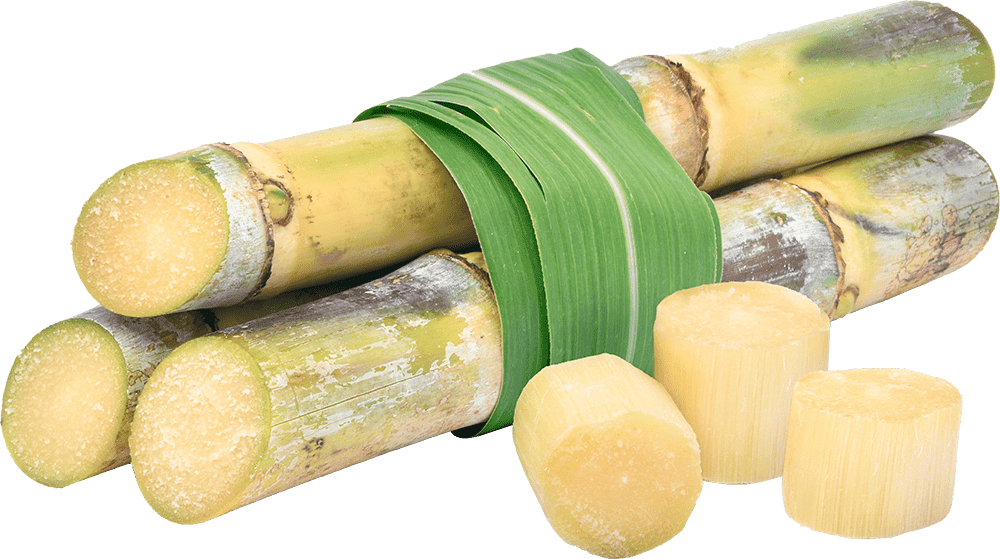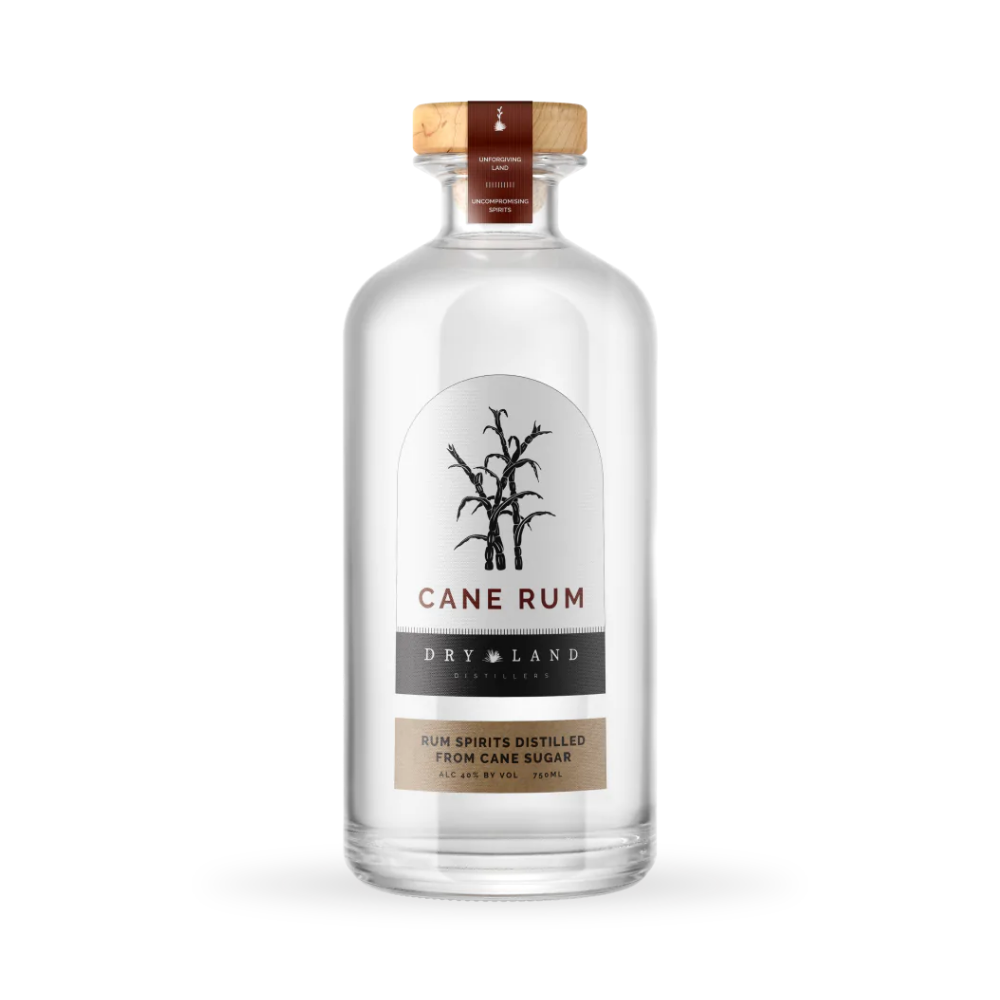The Scientific Research Behind Cane Sugar Processing: Just How Sweet Taste is Improved
Wiki Article
Checking Out the Comprehensive Tips Included in Walking Stick Sugar Handling From Harvesting to Improvement
The process of cane sugar manufacturing includes a collection of complex actions, beginning with the cautious harvesting of sugarcane and finishing in the refinement phases that make certain the final item meets sector requirements. Each phase, from the removal of juice to the filtration and condensation procedures, plays an essential function in identifying the high quality and personality of the sugar.Gathering Sugarcane
Collecting sugarcane is a crucial action in the walking stick sugar processing chain, as it straight affects the top quality and return of the end product. Correct timing and techniques are important during this phase to ensure optimal sugar content and minimize losses. Usually, sugarcane is gathered when it gets to maturity, typically 12 to 18 months after planting, characterized by a high sucrose focus.

Post-harvest, the sugarcane should be refined swiftly to stop sucrose degradation. Ideally, gathered walking cane should be transported to refining facilities within 1 day to preserve sugar top quality. For that reason, efficient logistical preparation is important to keep the integrity of the gathered crop throughout the supply chain.
Extraction Process

The smashed walking cane undergoes a collection of pushing operations to optimize juice recuperation. Generally, warm water is sprayed onto the smashed walking cane, producing a countercurrent flow that helps liquify the sugar while also helping in the extraction procedure. The juice accumulated from this operation has not just sugar however also various natural compounds and contaminations.

To enhance extraction performance, some facilities may use diffusion approaches, where the sugarcane is saturated in warm water, permitting the soluble sugars to diffuse into the liquid. The resulting juice, abundant in sucrose, is then directed to succeeding processing phases, laying the foundation for purification and refinement. The removal process is hence crucial in determining the high quality and yield of the last sugar product.
Filtration Strategies
The purification strategies utilized in cane sugar handling are crucial for changing the raw juice into a top quality sugar item. These methods largely intend to eliminate contaminations, such as soil, plant products, look at this site and not natural materials, which can negatively influence the end product's taste and color.This process entails adding lime and warm to the raw juice, which assists in the coagulation of contaminations. Additionally, the use of phosphoric acid can enhance the explanation process by additional binding contaminations.
Another considerable method is carbonatation, where co2 is presented to the made clear juice. This response creates calcium carbonate, which records remaining impurities and promotes their removal.
Furthermore, triggered carbon treatment may be related to adsorb any type of staying colorants and natural impurities, making sure a more polished item. The combination of these methods properly prepares the sugar juice for succeeding action in the refining procedure, establishing the stage for the production of top notch walking cane sugar.
Crystallization Approaches
After the filtration stage, the next vital step in walking stick sugar processing involves crystallization approaches, which play a critical function in transforming the made clear juice right into solid sugar. This process typically uses 2 main methods: spontaneous formation and controlled formation.In spontaneous crystallization, supersaturated sugar remedies are allowed to cool normally, leading to the formation of sugar crystals over time. This approach allows for the uniform development of sugar crystals and higher pureness.
During condensation, the made clear juice is concentrated with dissipation, boosting its sugar web content until it reaches supersaturation. When this factor is attained, either technique can promote the crystallization process. Cane Sugar Processing. The resultant sugar crystals are after that separated from the continuing to be syrup through centrifugation
Ultimately, the choice of condensation approach affects the top quality, size, and purity of the final sugar product, making this step crucial in the overall cane sugar processing procedure.
Refinement and Product Packaging
How can the purity and high quality of walking stick sugar be additionally boosted after crystallization? The refinement process plays a vital function in accomplishing high-grade walking stick sugar. Following crystallization, sugar goes through an extensive cleaning to get rid of next pollutants and recurring molasses. This is generally accomplished using warm water or steam, which aids liquify and draw out unwanted components while maintaining the sugar crystals.Following, the sugar is subjected to a procedure called centrifugation, where it is rotated at broadband to divide the cleansed sugar crystals from the remaining fluid. After centrifugation, the sugar is usually find out more improved via a technique called carbonization or phosphatation, which utilizes turned on carbon or phosphoric acid to get rid of shade and off-flavors.
Once refined, the sugar is dried out to achieve the wanted moisture web content, guaranteeing that it remains stable throughout storage and transport. The last action includes product packaging the refined sugar in closed and moisture-proof containers to maintain its top quality and avoid contamination. Cane Sugar Processing. Correct packaging not just extends life span but additionally assists in easy handling and distribution, making sure that consumers get sugar that fulfills the highest requirements of pureness and top quality
Conclusion
The thorough steps included in walking stick sugar handling, from the thorough harvesting of sugarcane to the elaborate improvement and product packaging phases, underscore the importance of each phase in making certain high-grade sugar manufacturing. Optimal harvesting strategies, reliable extraction techniques, and strenuous filtration procedures jointly add to the end product's purity and stability. The condensation and succeeding packaging methods better enhance the integrity and shelf life of the sugar, highlighting the complexity and accuracy inherent in this necessary farming market.The procedure of walking stick sugar production encompasses a series of intricate steps, beginning with the mindful harvesting of sugarcane and finishing in the improvement phases that make sure the final product meets sector criteria. Preferably, gathered walking stick ought to be carried to processing facilities within 24 hours to preserve sugar quality.In spontaneous formation, supersaturated sugar remedies are permitted to cool naturally, leading to the formation of sugar crystals over time - Cane Sugar Processing. The refinement procedure plays a crucial duty in achieving premium cane sugar.The detailed actions involved in walking cane sugar handling, from the thorough harvesting of sugarcane to the complex improvement and packaging stages, emphasize the value of each phase in ensuring premium sugar production
Report this wiki page